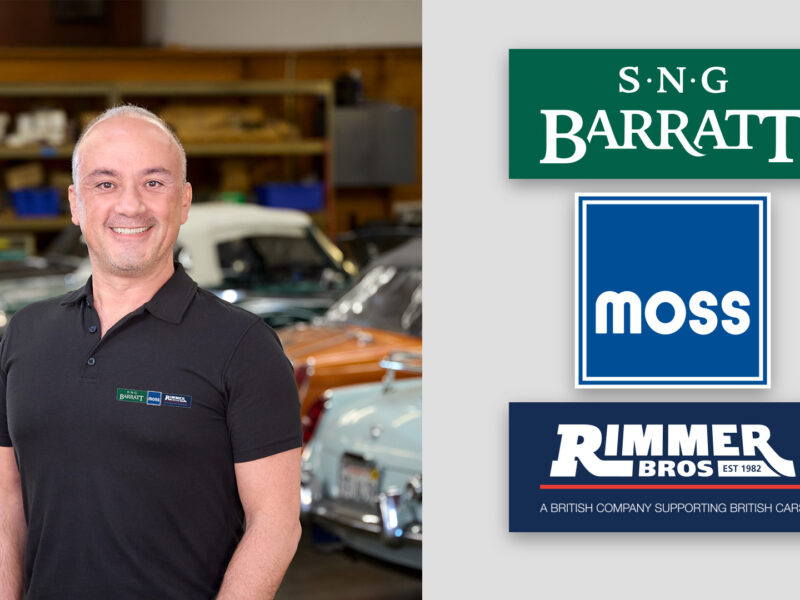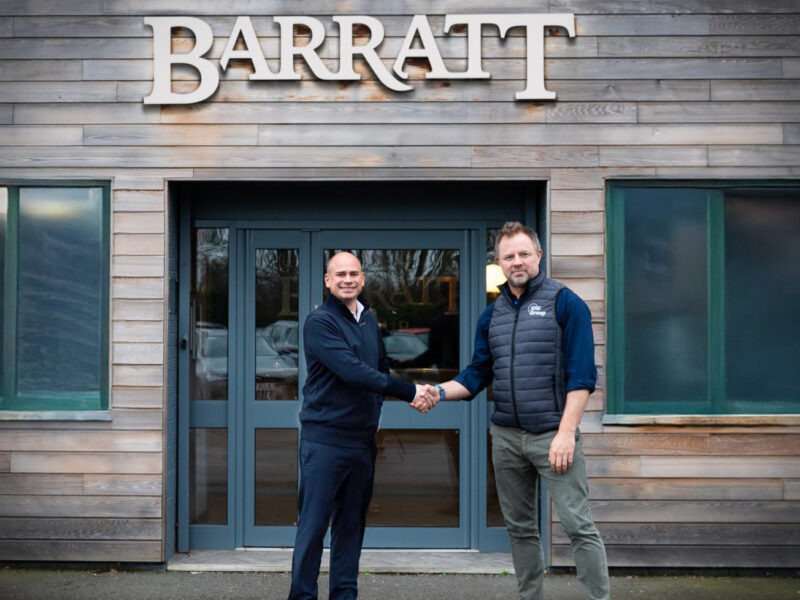Our cars constantly “talk” to us, but we don’t always listen very well.
New cars have very soft voices, and even when they are in great pain they prefer to talk through their computers to a diagnostic computer in a shop. Not so with our older British sports cars—they bellow and roar enough when everything is normal, and when something is wrong, they aren’t at all shy about letting us know. Squeaks, rattles, clunks, strange deep knocking noises, rotational whirrings, not to mention the intermittent sighs, occasional grumblings, and (hopefully rare) piercing shrieks are all parts of a real car’s vocabulary.
My own daily transportation is a 1965 TR4, which I have been driving for about 12 years, and in which I commute approximately 400 miles a week. This poor car is long overdue for a restoration, or at least a rest. It talks to me constantly, most of which has become just familiar background noise. I have to listen to this, as the car’s voice would easily overpower any radio or stereo unless the volume was at a higher setting than my ears could tolerate; besides, I like listening to what the car has to say. It tells me when the oil is half a quart low (really), when a U-joint wasn’t greased the last lime I greased the other one (shame on me), when there’s too much dust, rust, or whatever on a brake, or that the right rear shock mounting bolts are getting loose again. It even tells me in no uncertain terms that if I really expect it to accelerate up a steep hill faster than a new Toyota pick-up, I either have to feed it more expensive fuel or adjust things better. Normally, if the car hiccups, coughs, or sneezes, I pay attention and fiddle with something or another until it is happy again.
Not long ago, my TR4 was trying very hard to tell me something; there would sometimes be an unfamiliar slight complaining sound when I operated the clutch—not much, and it wasn’t there when the clutch was out or in, just during operation. I wasn’t too concerned. A week or so later, there was a little more noise, sometimes when I was just sitting at a red light (yes, with my foot not resting on the clutch pedal). My attitude was, “I’ll look at it on the weekend.” Well, the next weekend was very busy. The following weekend it rained. (I have to work on my cars outside, as my garage is full: a “basket case” TR2, two metal lathes, a large antique drill press, tool chests, work benches, boxes and piles of car parts, etc., not to mention the obligatory washer and dryer.) Meanwhile, the car was talking more loudly and insistently, and clutch action was getting a bit different. Okay, this weekend I’ll look at it and figure out what’s going on.
Of course, we didn’t make it to the weekend. By Thursday evening, shifting was difficult, and the noise horrific. On Friday morning I couldn’t get the car into reverse to back out of my driveway. Since none of my other cars were on the road at the time, I not only missed a day of work, but had to spend it performing emergency surgery on the car. After pulling the transmission, I was shocked at what I saw; the throwout bearing had seized and chewed up the pressure plate release arms, the ends of the throwout fork were worn halfway through the pins, the throwout bearing sleeve was pretty well destroyed, and the spigot on the transmission front cover was badly scored and worn. I was expecting to find the infamous throwout fork pin in two pieces, but it was barely bent! (It still needed replacing, though.)
Fortunately, I already had much of what was needed in the way of replacement parts. I borrowed a car for a few hours and went into work (Moss Motors, of course) to buy the remaining parts. By the time I got home, it was late in the afternoon, and starting to get dark. Saturday was spent putting everything back together, with special emphasis on being very sure the slave cylinder pushrod was properly adjusted. It was a big thrill to go on the post-operative test drive with a properly operating clutch.
Throughout this process, I was very aware that while I had heard the car telling me something was wrong, I hadn’t really been listening well. It’s always humbling to realize that being aware of something isn’t enough—you must make the extra effort to understand what you know, and take appropriate action before it’s too late. Hear what your car tells you, listen well, and pay heed. Your sports car, like a friend, needs you and needs to be understood.







'Under the Bonnet: Summer 1996' has no comments
Be the first to comment this post!